You don’t have to be a religious person to appreciate the majesty of Britain’s many cathedrals. All of them are significant in British history and each contains historical relics such as the tombs of kings and statesmen.
Westminster Abbey
A trip to London wouldn’t be complete without a visit to Westminster Abbey. This magnificent Gothic style church is the burial place of many monarchs. The Abbey, now a Unesco World Heritage Site, was first established in about 624, then known as Thorn Ey (Thorn Island) based on a story that a fisherman had seen a vision of St. Paul near the site. Between 1032 -1052 Edward the Confessor began to rebuild what was then known as St. Peters Abbey to provide himself with a burial site. It was the first church built in the Norman Romanesque style and was consecrated in December 1065 shortly before the Confessor’s death. He was buried in the Abbey and later his wife Edith was interred there. It is possible his successor, Harold II, was crowned there, although the first documented coronation is that of William the Conqueror the same year.
The present church was constructed in 1245 by Henry VIII who also selected this site for his own burial. It was rebuilt in the Anglo-French Gothic style as a shrine to Edward the Confessor. Henry VIII’s tomb is located in the high Gothic nave.
It was a significant honor to be commemorated or honored there. The tombs of Elizabeth I and Mary I are in Westminster Abbey. From the Middle Ages many aristocrats such as Isaac Newton and Charles Darwin have been buried inside the chapels. Geoffrey Chaucer, Master of the Kings Words, was buried here as are other writers and musicians. Their tombs are in an area known as Poet’s Corner.
I’m always filled with awe as I stand inside the vast nave. And if you happen to be there when the choir is singing it’s an added bonus. Imagine what it must be like to attend a royal wedding or coronation here. Coronations have been held at Westminster since 1056 and since 1100 there have been at least 16 royal weddings, the most recent that of Prince William and the Duchess of Cambridge Kate Middleton in 2011.
There is a museum located in the vaulted undercroft, one of the oldest areas of the Abbey. The exhibits include collections of royal funeral effigies as well as wax figures of Horatio, Viscount Nelson and Elizabeth I.
Abbey of St. Paul the Apostle
The famous domed Cathedral of St. Paul’s is one of London’s most distinctive landmarks. The cathedral is a symbol of London’s survival during the Blitz of WW II when it was struck by a time-delayed bomb which could have totally destroyed it had it not been defused.
It was once the tallest building in London and the dome is among the highest in the world. The dome was inspired by St. Peter’s Basilica in Rome. It rises 365 ft. (108 m) to the cross at its summit and dominates both historic and modern London. It’s also the site of many historical events including royal burials and celebrations such as the jubilee celebrations for Queen Victoria. The original church, begun by the Normans, was eventually rebuilt over the years as it had been defaced and gutted by fire. In 1669 Sir Christopher Wren was put in charge of rebuilding and designing a new cathedral which was finally finished thirty two years later. The Cathedral, built in a late Renaissance style, was officially completed on Christmas day 1711.
I always enjoy a visit to St. Paul’s crypt where there are over 200 memorials and tombs. Christopher Wren was the first person interred there in 1723. On the wall above his tomb, it is written, “Reader, if you seek his monument, look around you.” (translated from Latin). The funerals of Lord Nelson and Sir Winston Churchill were held here as well.
There’s a charge for admission to sightseers at St. Paul’s without option of a donation. Those attending services are not required to pay.
Tintern Abbey
One of the oldest churches in Great Britain is Tintern Abbey. I’ve made the pastoral hike from Chepstow, Wales along the River Wye on several occasions and the idyllic sight of this ruined cathedral is something I’ll always remember. The Abbey’s Welsh name is Abaty Tyndyrn. It was founded by Walter de Clare, Lord of Chepstow in 1131. It’s situated in the Welsh village of Tintern on the bank of the River Wye.
The Abbey was originally occupied by Cistercian monks, one of the most austere sects, during the 12th and 13th centuries. The present day remains cover a 400 year period and very little remains of the original buildings. It was rebuilt in the 13th century and what remains now are those of the great Abbey church. During the reign of Henry VIII, monastic life was ended and Tintern Abbey and all its estates were surrendered.
This beautiful area was a popular place to visit in later years. Tintern, and the Wye Valley, became known for its romantic and picturesque qualities. The poet William Wordsworth wrote a famous poem about it and in recent years even the Beat poet Allen Ginsberg, who took an acid trip while at Tintern, wrote his famous poem, “Wales Visitation”. The Abbey has also been the setting for various films
Bath Abbey Cathedral
If you’re heading down to Bath to see the famous Roman baths, don’t forget to stop in at Bath Abbey. This church was founded by the Benedictine monks in the 7th century. It’s an active place of worship today with seating for 1200 people.
Bath’s history goes back to 675 when a convent was established here which later became a monastery. During the power struggle between the sons of William the Conqueror, Bath was ravaged and eventually the Abbey was taken over by the royal physician, John of Tours, who bought the grounds from the king and became the Abbot of Bath. He eventually planned to rebuild the Abby but died before it was completed. He is buried in the cathedral.
In spite of fires and other set-backs, the restoration began which continued over the next centuries. The Gothic-style Abbey is built of Bath stone, giving it its yellow color.
The Bath Abbey Heritage Vault Museum is located in the 18the century cellars and features artifacts and exhibits of the abbey’s history.
Salisbury Cathedral
I made a day-trip to Bath from London and later caught the train to Salisbury, another town I love to visit. The cathedral here is known as The Cathedral Church of the Blessed Virgin and is a leading example of early English architecture. It has the tallest church spire in England and visitors can take a “Tower Tour” to view the ancient wooden scaffolding of the hollow spire. The cathedral has the largest cloister and cathedral close in Britain and it contains the world’s oldest working clock (from AD 1386). The best of four original copies of the Magna Carta are kept here.
Salisbury cathedral is a subject of several famous paintings by John Constable and is featured in several novels including Edward Rutherford’s historical novel, “Sarum”. The construction of the cathedral itself is an important plot point in the novel. It has also been mentioned by author Ken Follett in his novel, “The Pillars of the Earth”, and some external shots are included in a miniseries based on the book.
Worcester Cathedral
Probably one of my favorite cathedrals is the Worcester Cathedral, situated on the bank of the River Severn in Worcester. Built between 1083 and 1504, it represents every style of English architecture and embodies many features typical of a medieval cathedral.
The cathedral contains the tomb of King John who requested to be buried there. There is also a memorial to the young prince Arthur Tudor whose younger brother and next in line for the throne was Henry VIII.
The famous composer Edward Elgar is commemorated in a stained glass window which contains his portrait. Elgar spent much of his life in Worcester and his music was often performed in the church.
Written by W. Ruth Kozak for EuropeUpClose.com

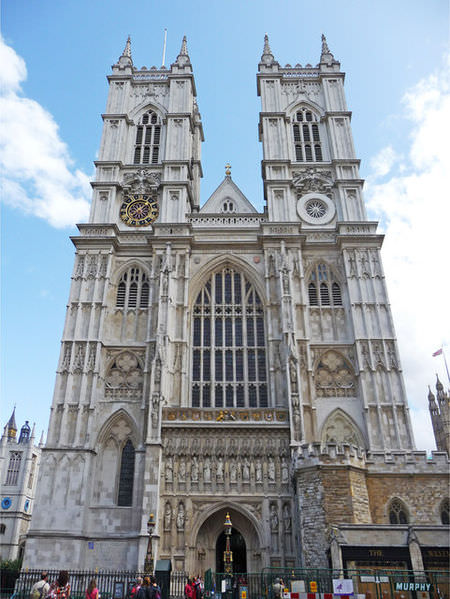
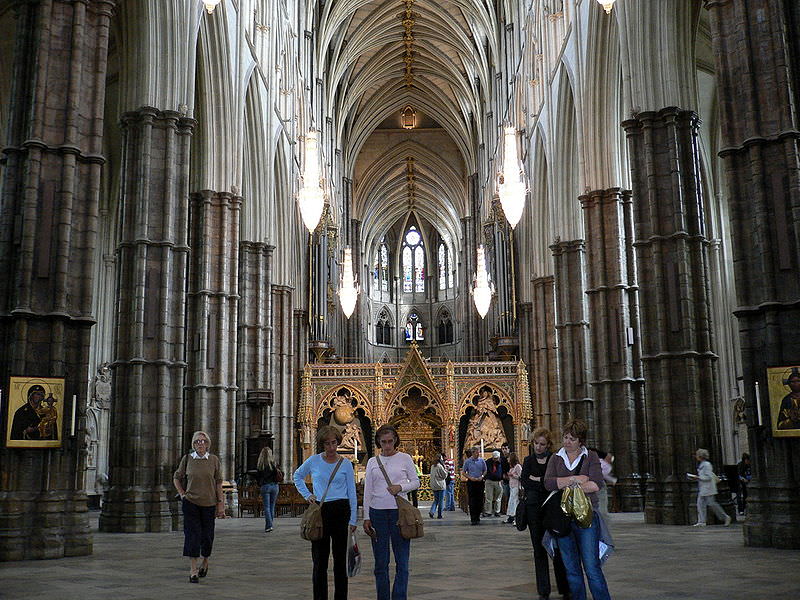

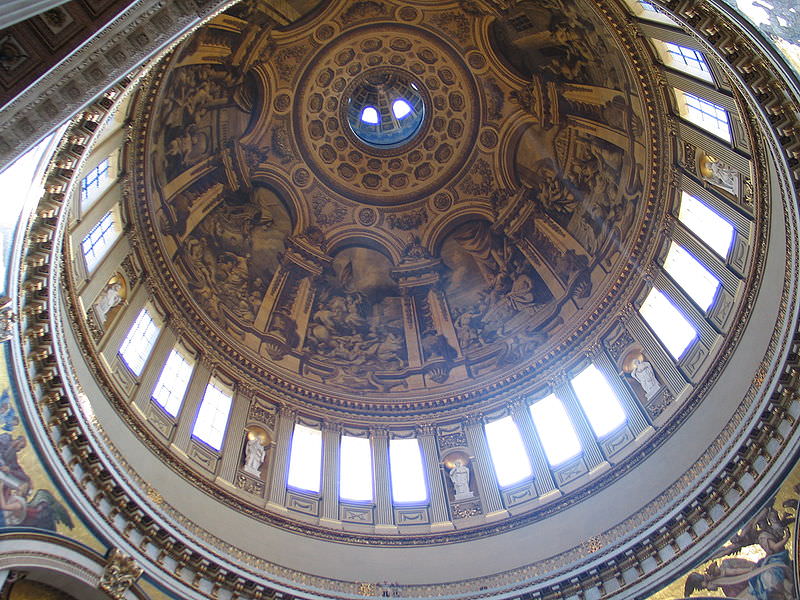
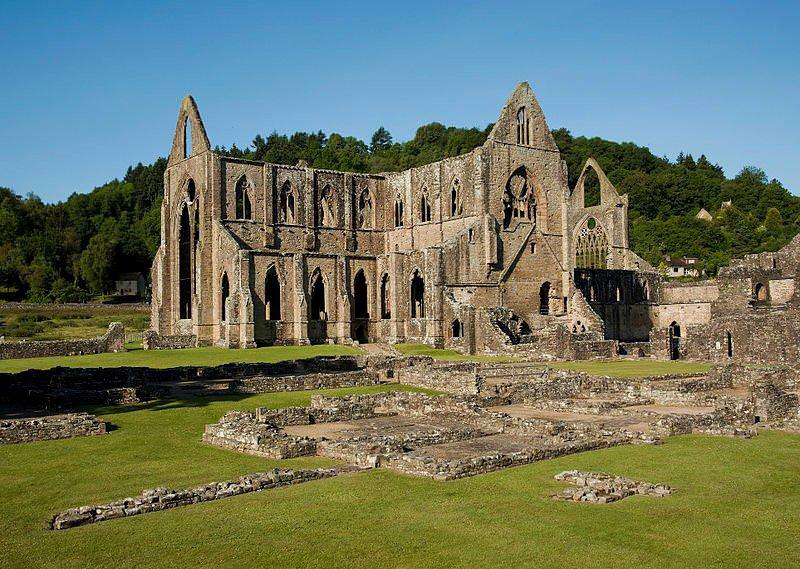

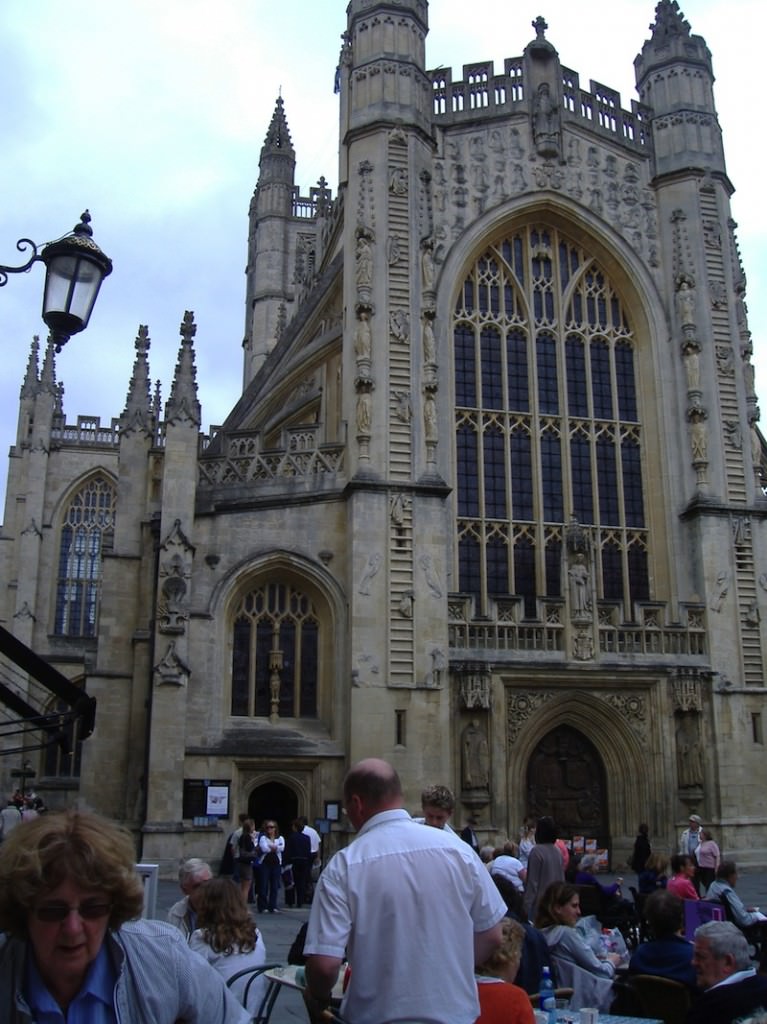
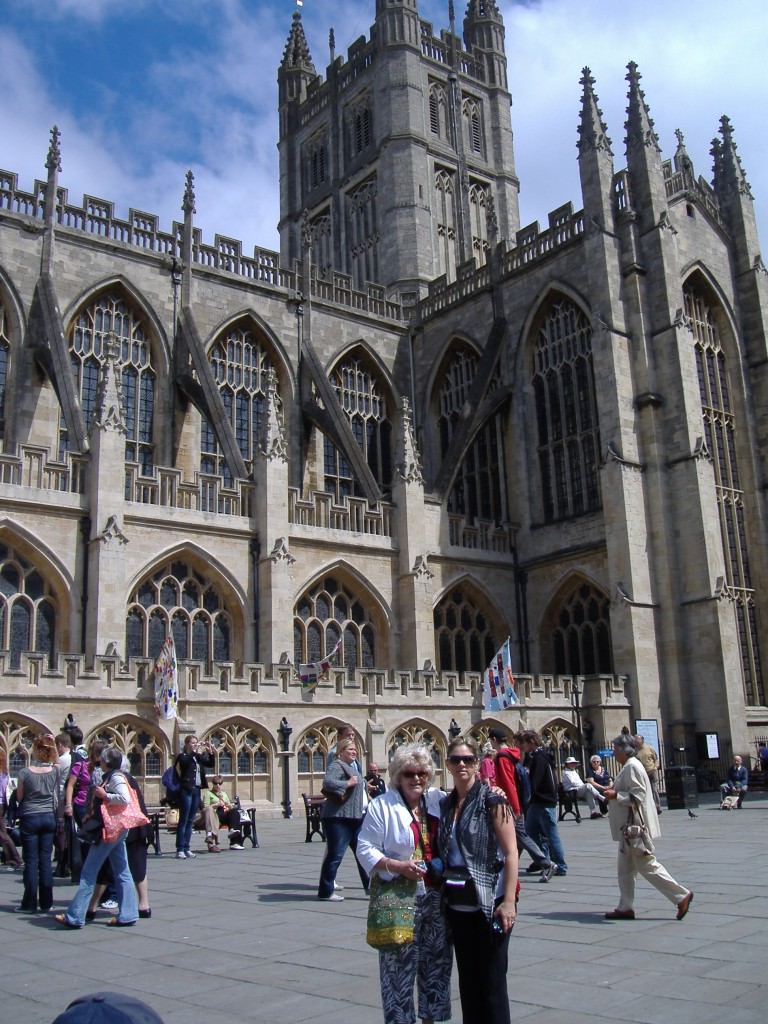
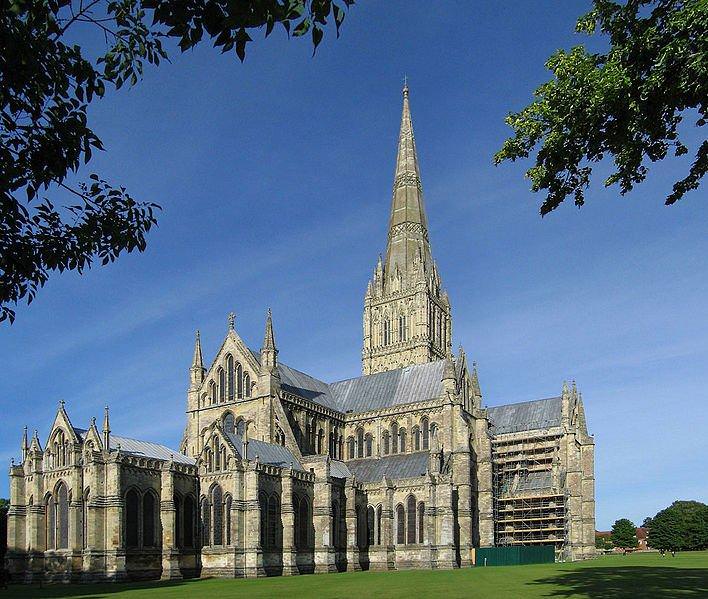

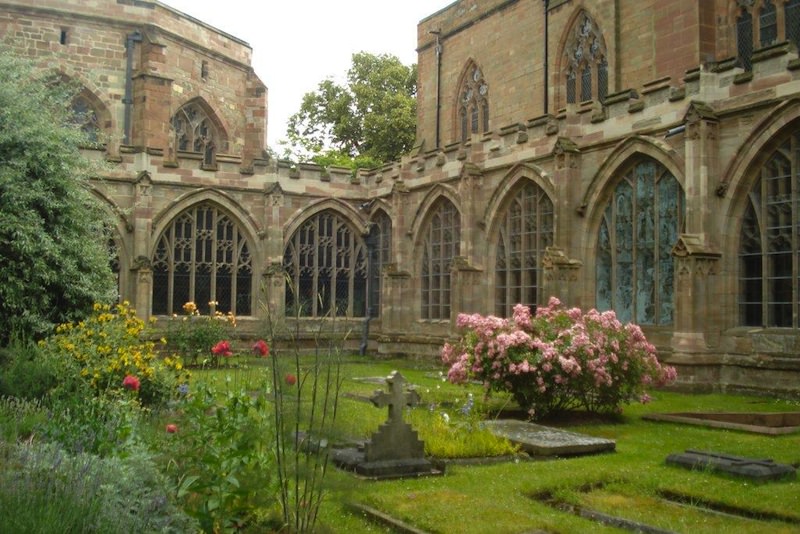
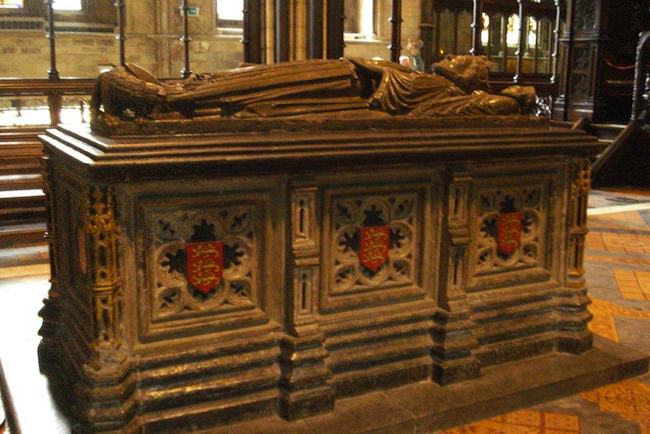
Laurie
Saturday 1st of November 2014
Hi Ruth, Thanks for the lovely article. I am going to England next summer and will be visiting some cathedrals. Question: isn't Henry VIII interred at Windsor, along with Jane Seymour? Laurie
Darlene Foster
Saturday 23rd of March 2013
I love the cathedrals of England and have been to many you have mentioned. I also enjoyed the cathedrals of Exeter and Winchester, as well as York Minister.